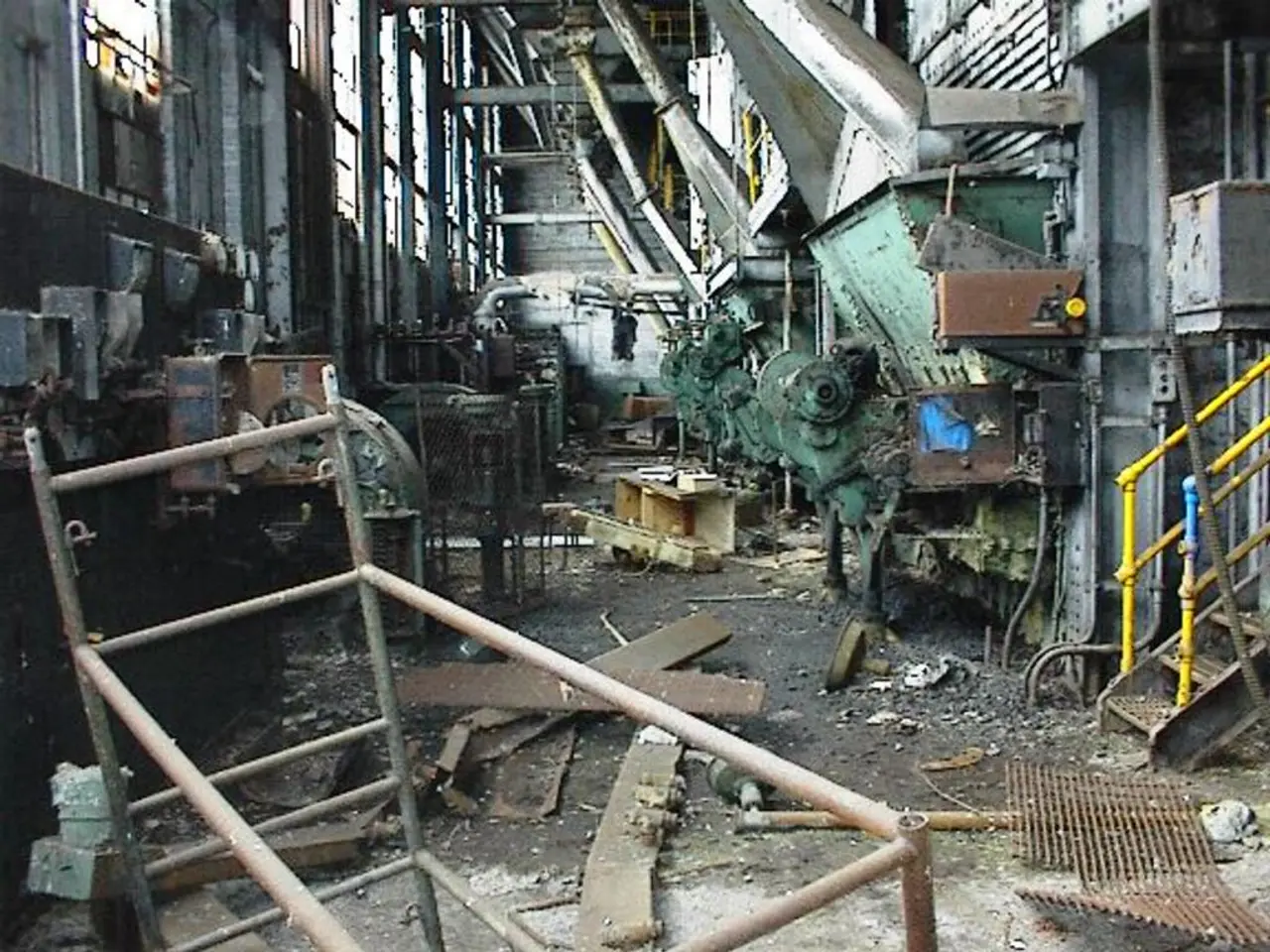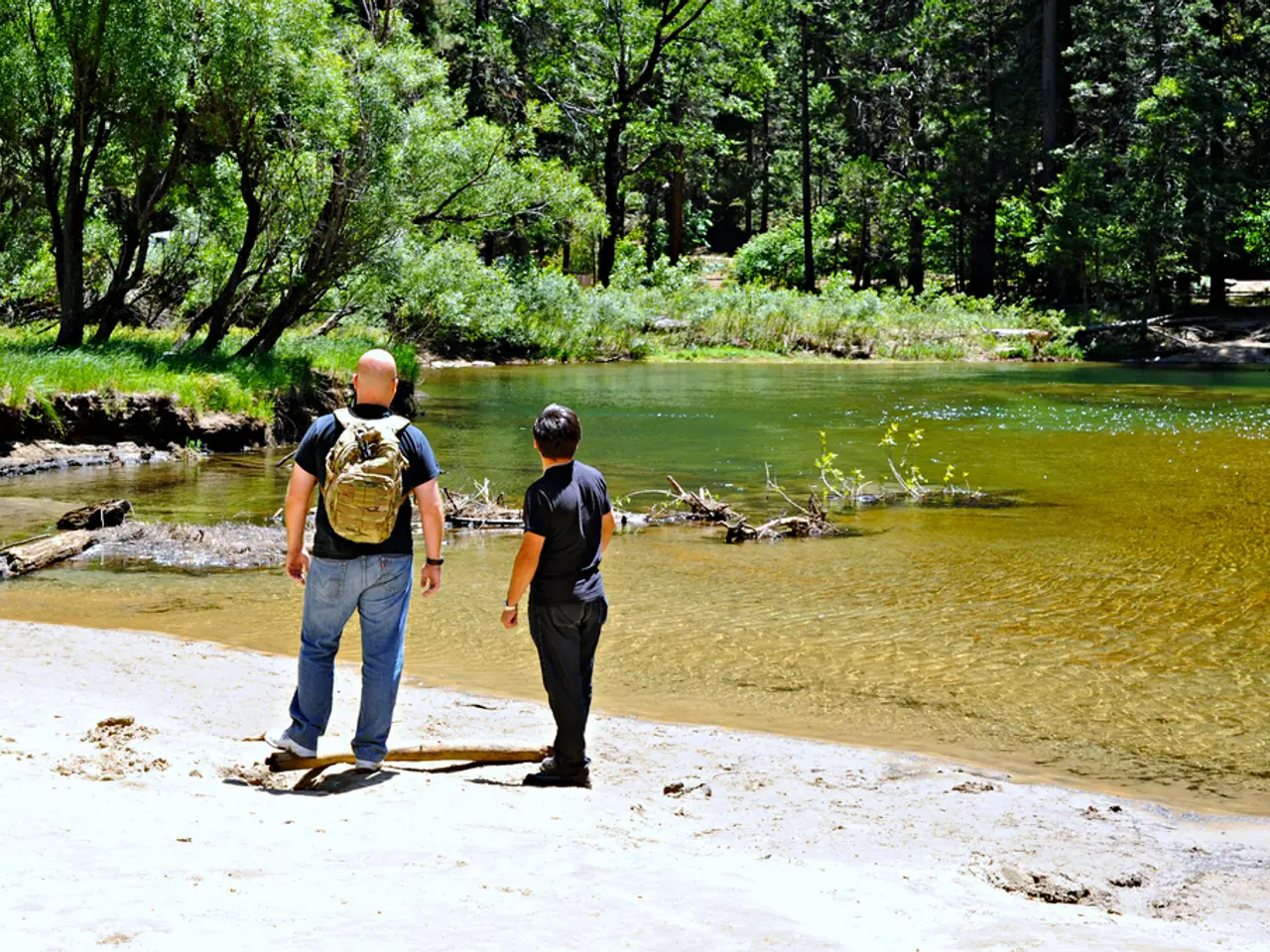Operational launch of Europe's first carbon-free steel mill in Sweden sparks optimism and apprehension
In the heart of Boden, Sweden, a dance of construction cranes dominates the landscape, cutting through the verdant forest of birches and pines. The streets here are alive with the constant movement of heavy machinery, kicking up clouds of dust as they shift debris and materials. This is the hub of Stegra Group's future "green" steelworks, a project that's set to shake up the European steel industry.
Boden, a city of around 30,000, lies some 10 hours from Stockholm and 80 kilometers from the Arctic Circle. It's not typically a hotspot for tourists, famed primarily for its military fort, one of the last in Lapland, which operated during both World Wars and closed in the 2000s. But tomorrow, it could be known for its revolutionary steel factory, located at the city's edge. It's the first such facility to be built from scratch on the entire European continent in over half a century.
Stegra Group's roots go back to 2020, with the launch of a startup named H2 Green Steel. The Boden project kicked off two years later. The company changed its name to Stegra, meaning "to raise" in Swedish, symbolizing the project's growing power. The stakes are high: if successful, the Boden steelworks could serve as the beacon of a successful energy transition in European steelmaking. Alternatively, if it falters, it could be another Swedish industrial dream that never came to fruition, much like the bankruptcy of electric battery manufacturer Northvolt in March, the largest in the country's economic history.
Despite the shadow cast by Northvolt's failure, Stegra is full steam ahead, aiming to construct the world's largest green steel plant. With a target annual production capacity of 5 million tonnes of steel by 2030, Stegra is embracing hydrogen-powered technology, promising to slash CO2 emissions by an impressive 95% compared to traditional methods. The site near Boden bustles with construction activity, showing Stegra's confidence and determination in the project, even in the face of skepticism provoked by Northvolt's collapse. The company believes it's in pole position to pioneer green steel production, eyeing strategic advantages in building a new, integrated facility from the ground up[1][3][4].
In essence, despite the challenges that came with Northvolt's bankruptcy, Stegra is pushing forward to capitalize on hydrogen-based steelmaking technology, hoping to uphold and advance Sweden's green industrial aspirations[1][4].
- Stegra Group, currently building the world's largest green steel plant in Boden, Sweden, aims to leverage hydrogen-powered technology to reduce CO2 emissions by 95%, contradicting the recent bankruptcy of electric battery manufacturer Northvolt.
- Embarking on a project unprecedented in Europe since half a century ago, Stegra's transformative steelworks in Boden could serve as a beacon for successful energy transition in environmental-science and industry.
- The financial implications of Stegra's green steel production are significant, with this ambitious project poised to impact both the European steel industry and the broader realm of finance as it seeks to establish sustainable energy solutions in transport and other sectors.




